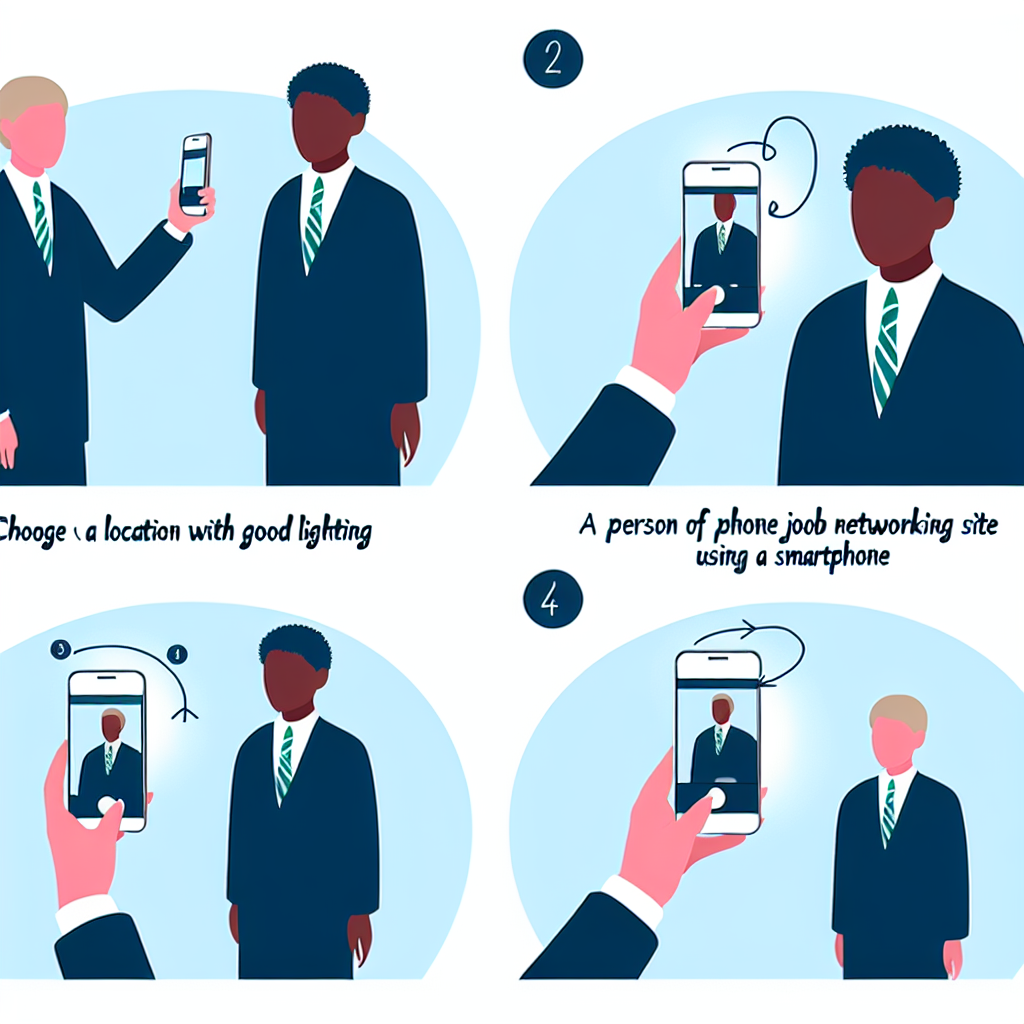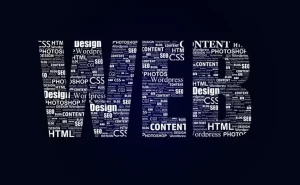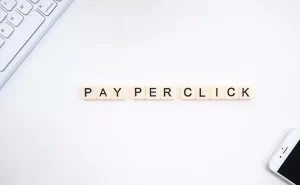Maximizing ROI Through Platform-Specific Social Media Group Strategies: LinkedIn and Facebook Analysis
The Evolution of Social Media Communities
The year 2025 heralds a transformative era for social media groups, where the convergence of platform-specific strategies and innovative tools is redefining how communities are built and sustained. LinkedIn and Facebook remain dominant platforms, each catering to distinct audience needs while offering unique features to drive engagement and deliver value. Businesses leveraging these platforms effectively are reaping the benefits of higher member retention, deeper engagement, and measurable ROI. According to a 2024 report by HubSpot, active LinkedIn and Facebook groups drive 67% more engagement compared to inactive ones. These platforms have transitioned from simple networking tools to integral parts of strategic growth and engagement initiatives. This article explores tailored strategies for utilizing these platforms to cultivate thriving communities and build sustainable value.
LinkedIn: The Hub for Professional Networking
LinkedIn’s platform is designed to foster professional connections and career advancement, making it ideal for industry-focused communities. To maximize LinkedIn’s potential, businesses should:
Define a Niche Focus: Creating groups around specific industries or skill sets ensures that members find high relevance and value. Examples include IT forums or marketing thought leadership groups.
Leverage Thought Leadership: Sharing whitepapers, hosting expert-led discussions, and promoting webinars resonate well with LinkedIn’s audience. HubSpot (2024) notes that groups featuring expert content see 3x higher participation rates.
Utilize Analytics: LinkedIn’s built-in group analytics provide insights into member activity, helping admins optimize posting schedules and tailor content.
A case study by LinkedIn Analytics (2024) revealed that industry-specific groups achieved 40% higher engagement when posts were scheduled during peak business hours. These analytics tools also identify content trends, enabling admins to continuously evolve group strategies.
Additionally, LinkedIn’s integration with learning platforms, such as LinkedIn Learning, has opened opportunities for group admins to host skill-building sessions, further enhancing the value proposition for members.
Facebook: The Champion of Versatility
Facebook’s adaptability caters to diverse community needs, from hobbyist clubs to brand loyalty groups. Businesses can capitalize on its features by:
Prioritizing Private Groups: Private communities foster exclusivity and trust, resulting in 4x more engagement compared to public ones (Social Media Today, 2024).
Embracing Multimedia: Video posts, especially live streams, generate 6x more interactions. Weekly live events or tutorials are particularly effective.
Launching Ambassador Programs: Empowering passionate members to act as brand advocates can organically grow and energize the community.
For example, a 2024 study by Meta Insights highlighted that private groups integrating weekly live Q&A sessions retained 70% of their members year-over-year. These communities also reported stronger relationships between members and brands, underscoring the importance of consistent interaction.
Comparative Analysis: LinkedIn vs. Facebook
While both platforms offer distinct advantages, understanding their nuances is essential for success:
Audience Type: LinkedIn is geared toward professionals and businesses, while Facebook appeals to broader demographics, including consumers and hobbyists.
Engagement Patterns: LinkedIn sees peak activity during work hours, whereas Facebook engagement is more spread out throughout the day.
Content Preferences: Professional insights dominate LinkedIn, whereas Facebook thrives on multimedia and interactive content.
Innovative Tools for Community Growth
Both platforms are introducing cutting-edge tools to enhance community experiences:
LinkedIn’s AI-Driven Content Recommendations: Suggests posts tailored to group interests, increasing relevance and engagement.
Facebook’s Advanced Moderation Tools: Employ AI to detect and eliminate spam, maintaining group integrity.
Cross-Platform Polls and Surveys: Both platforms enable admins to gather feedback, driving member-centric improvements.
Platform Integration Opportunities
Innovative businesses are integrating LinkedIn and Facebook strategies to maximize reach. Examples include:
Sharing insights from LinkedIn discussions to Facebook groups for broader appeal.
Encouraging LinkedIn professionals to join branded Facebook communities for product-related discussions and updates.
Using cross-platform analytics tools like Hootsuite to measure engagement and track ROI across both platforms.
Conclusion
In 2025, building thriving social media communities requires a nuanced understanding of platform-specific strengths and strategies. LinkedIn’s professional ecosystem and Facebook’s versatile engagement features offer unparalleled opportunities for growth. By tailoring approaches to these platforms’ unique audiences, organizations can foster vibrant ecosystems that not only enhance member experiences but also drive tangible business outcomes. Harnessing the power of innovative tools, cross-platform integration, and data-driven insights, businesses can position themselves as leaders in community building. Success lies in leveraging each platform’s unique features to deliver maximum value and engagement.
References
HubSpot. (2024). “The State of Social Media Groups: Trends and Insights.”
LinkedIn Analytics. (2024). “Maximizing Engagement in Professional Communities.”
Social Media Today. (2024). “Private Groups vs. Public Groups: Engagement Insights.”
Meta Insights. (2024). “How Live Events Drive Member Retention.”
Hootsuite. (2024). “Cross-Platform Analytics for Community Growth.”













